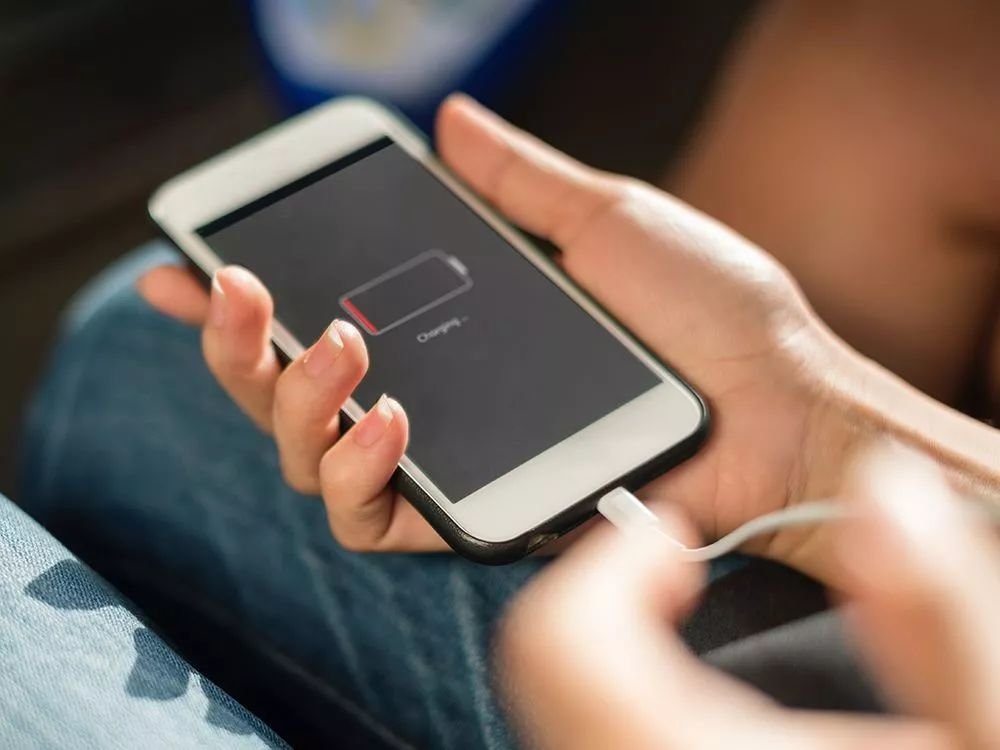
The inclusion of an electric charger inside the Tibet train has revolutionized the travel experience for passengers, providing them with the convenience and comfort they deserve during their long journeys. This technological advancement has not only enhanced the functionality of the train but has also contributed to the overall satisfaction of the passengers, ensuring that their travel experience is seamless and enjoyable.
With the increasing popularity of train travel in Tibet, the addition of an electric charger has come as a breath of fresh air for the weary passengers. Gone are the days when they had to worry about their mobile devices running out of battery during the long hours of the journey. Now, they can simply plug in their smartphones, tablets, or laptops into the conveniently located charging ports and continue using them without any interruption.
The electric charger inside the Tibet train is not just a mundane addition; it is a technological marvel that has been carefully designed to cater to the needs of the modern traveler. Equipped with multiple charging ports, it allows passengers to charge their devices simultaneously, eliminating any competition for the limited charging space. This ensures that everyone onboard has equal access to the charging facilities, creating a fair and comfortable environment for all.
Moreover, the electric charger has been integrated seamlessly into the train's design, blending in with the overall aesthetic appeal of the cabins. The charging ports are strategically placed near the seating areas, making them easily accessible and convenient for passengers to use. This thoughtful placement ensures that passengers can charge their devices while still being comfortable in their seats, without having to worry about tangled cables or limited mobility.
The inclusion of an electric charger inside the Tibet train has not only improved the convenience for passengers but has also contributed to a more sustainable form of travel. By providing a reliable and efficient charging facility, it encourages passengers to rely less on disposable batteries and instead opt for rechargeable devices. This small but significant step towards sustainability aligns with the global efforts to reduce carbon emissions and promotes eco-friendly travel practices.
In conclusion, the addition of an electric charger inside the Tibet train has transformed the travel experience for passengers, bringing convenience, comfort, and sustainability to the forefront. By integrating this modern technology into the train's design, passengers can now enjoy uninterrupted access to power for their electronic devices, creating a more enjoyable and connected journey. As train travel continues to gain popularity in Tibet, this innovative feature ensures that passengers can stay connected, entertained, and productive throughout their entire trip.
https://tourtraveltibet.com/the-inclusion-of-an-electric-charger-in-the-tibet-train-convenience-comfort-and-sustainability/
Comments
Post a Comment